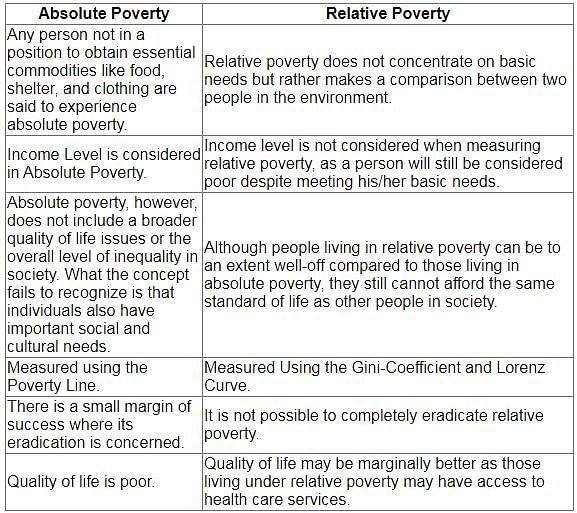UPPSC Prelims (GS I) Mock Test - 3 - UPPSC (UP) MCQ
30 Questions MCQ Test UPPSC Mock Test Series 2025 - UPPSC Prelims (GS I) Mock Test - 3
What was the goal of Swarajya movement started by Annie Besant?
Under Sustainable Development Goal 12- Sustainable Consumption and Production, one of the targets is to reduce per capita food waste at the retail and consumer levels by:
Which revolutionary organization was associated with Kakori Conspiracy in Uttar Pradesh in 1925?
With reference to the Convention on Biological Diversity (CBD), consider the following statements.
- The Convention on Biological Diversity (CBD), a legally binding treaty.
- It aims to the sustainable use of the components of biological diversity.
- All countries of the world have ratified this convention.
Which of the statements given above is/are correct?
Consider the following statements:
- The Executive Power of the Union of India is vested in the Prime Minister.
- The Prime Minister is the ex officio Chairman of the Civil Services Board.
Which of the statements given above is/are correct?
Which of the following statements about Mahatma Gandhi's Satyagraha is/are correct?
- It was during the course of his campaign against racialism in South Africa that Gandhiji first applied Satyagraha
- The two vital ingredients of Satyagraha are 'truth' and 'non-violence'
- The Satyagraha resists evil by inflicting suffering on himself and not by inflicting suffering in the opponent
- In India, Satyagraha was first tried by Gandhiji in Champaran
Which of the following are the UN Sustainable Development Goals?
a. Conserve and sustainably use the oceans, seas, and marine resources
b. Reduce inequality within and among countries
Select the correct answer using the code given below.
Which of the following forts of Rajasthan is also known as 'Chidiyatunk'?
Which layer of atmosphere is used for telecommunication?
Consider the following statements with respect to the Basholi school of paintings :
1. The most popular theme of Basohli painters was the Rasamanjari of Bhanu Datta.
2. It is characterized by the strong use of primary colours.
Which of the statements given above is/are correct?
On which date is World Leprosy Day marked in 2024?
Right to Livelihood as part of the Right to Life was established in
Establishment of Central Vigilance Commissioner to advise and guide the Central agencies in the field of vigilance is based on the recommendation of the committee headed by whom?
Along with Faizabad which other region of UP was ruled by Nawab of Awadh?
Which of these is a function of Abscisic acid?
Consider the following functions :
a. To function as the Dominion Legislature until a legislature is formed under the new constitution.
b. To continue and complete the work of constitution making.
c. To continue as the constitutional council after the commencement of the constitution.
Which among the above functions were entrusted to the Constituent Assembly of India?
Which poet is known for composing the Bhagavata Purana in Marathi?
The Lahore Session of the Indian National Congress (1929) is very important in history, because
1. A resolution was passed rejecting the two-nation theory in that Session.
2. Attainment of Poorna Swaraj was adopted as the goal of the Congress.
3. The decision to participate in the Round Table Conference in London was taken.
Which of the statements given above is/are correct?
With reference to the Theories of Mountain Building, consider the following statements:
1. A mountain can be defined as an area of land that rises abruptly from the surrounding region and is higher than the hill.
2. A mountain range consists of several parallel long and narrow mountains of different periods.
Which of the above statement is/are correct?
The use of 'Electors Photo Identity Cards (EPIC)' by the Election Commission of India was started in which one of the following years?
Which of the following is an inland "portion" of the ocean and is therefore distinguished from a lake by its salty water?
Absence of minimum income to get the minimum needs of life" is concerned with which of the following types of poverty ?
How much funding has been allocated for upgrading schools and Anganwadi centers in underdeveloped urban areas of Uttar Pradesh?
What is the main purpose of the Pradhan Mantri Gram Sadak Yojana (PMGSY)?
What is the primary purpose of Section 144 of the Code of Criminal Procedure (CrPC) as imposed in Lucknow recently?
What did the Allahabad High Court declare about the UP Madrasa Education Act, 2004?
How many phases will the Lok Sabha elections in Uttar Pradesh occur, according to the announced schedule?
|
2 docs|37 tests
|




















